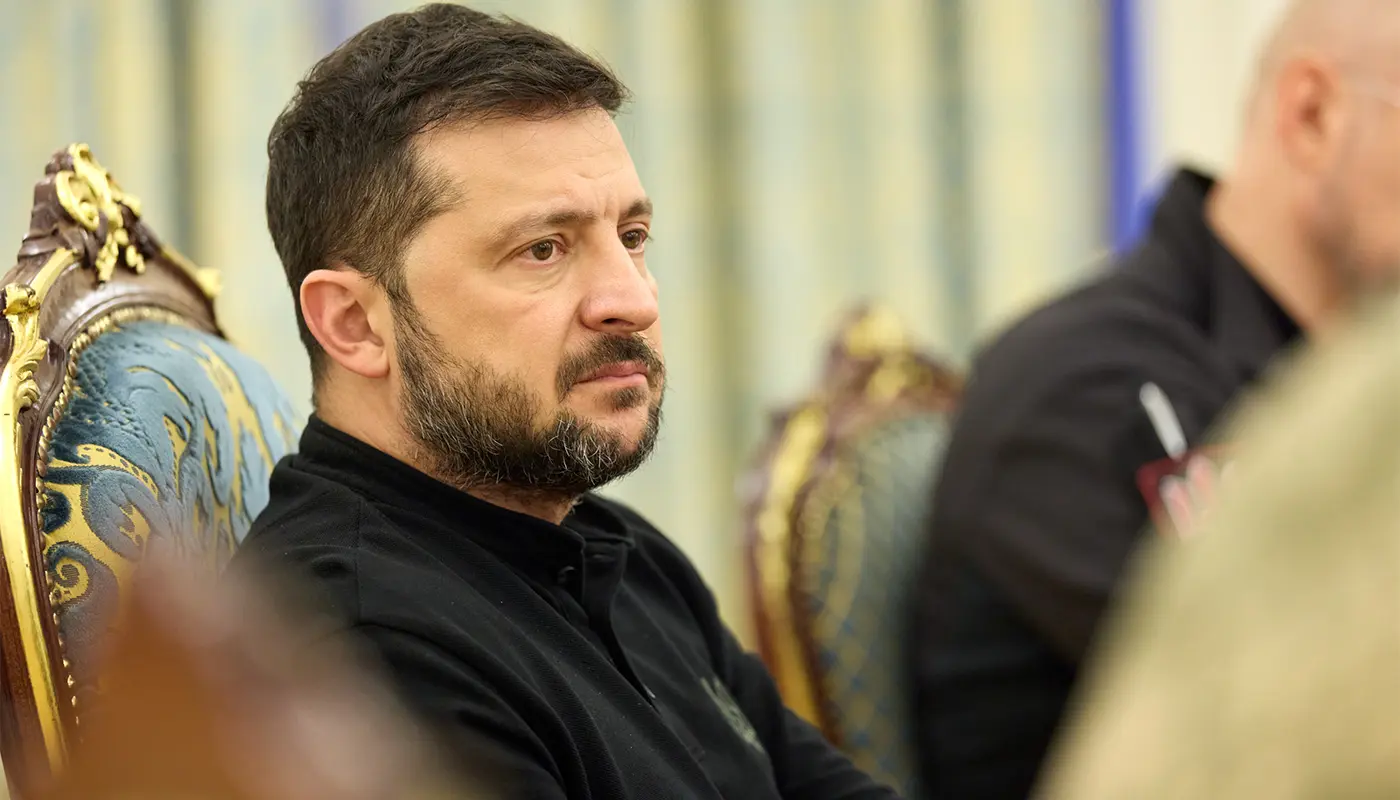KYIV – In a significant development in the conflict between Ukraine and Russia, multiple reporters have revealed that the United States has been quietly supporting Ukraine’s long-range drone attacks on Russian energy infrastructure over recent months.
Citing interviews with American and Ukrainian officials, the Financial Times has reported that U.S. intelligence has supplied Kyiv with crucial data, such as route planning, timing, altitude profiles, and assessments of target vulnerabilities, enabling Ukrainian drones to evade Russian air defences.
According to those sources, Washington has been closely involved across nearly all stages of strike planning, while Ukraine retains final authority over target selection.
These operations are understood to aim at eroding Russia’s capacity to export refined fuels and weakening its economy.
Among the targeted assets, Russian oil refineries have reportedly borne much of the brunt, with some refineries experiencing full or partial shutdowns following strikes.
Analysts suggest the cumulative effect has reduced Russia’s refining throughput and aggravated domestic fuel shortages.
This strategic shift appears to date from a phone call between U.S. President Donald Trump and Ukraine’s Volodymyr Zelenskyy in July, during which Trump reportedly asked whether Ukraine might strike Moscow if given long-range weapons. Sources say soon after, U.S. intelligence involvement in Ukraine’s campaign deepened.
Earlier this month, Reuters reported that the U.S. had resolved to grant Ukraine additional intelligence on deep-strike energy infrastructure in Russia, even as it evaluates the possibility of supplying Kyiv with Tomahawk cruise missiles.
In response to these developments, the Kremlin issued strong warnings. A spokesperson described the situation as a “dramatic moment” of escalating conflict, especially if Western nations begin providing Ukraine with long-range missiles capable of hitting Moscow or other deep Russian targets.
Despite the intensity of these reports, neither the White House nor Ukraine’s government has publicly confirmed the full extent of intelligence cooperation.
What is clear, however, is that the war’s dynamics are evolving: now subsuming strategic energy warfare, intelligence collaboration, and an increasingly blurred line between direct and proxy involvement.
As winter approaches and energy supply becomes even more critical, the stakes are rising. Observers will be watching closely whether further escalation, such as the provision of long-range missiles by the U.S. or its allies, becomes the next turning point in the conflict.
Sources: Reuters, The Moscow Times, Ukrinform





